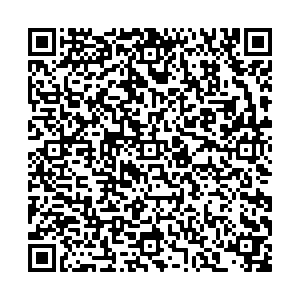There are many ways to remove a piece of software from your computer.
Basic Methods
Windows
Many Windows apps can be uninstalled straight from the Start menu! Simply click Start, look through the Apps or Programs menu for the item you want to get rid of, and right-click on it. If you see Uninstall listed, click it and see if the program disappears.
Otherwise, click Start and go to Settings. Click Apps, then Apps & Features. You should see a list of the software installed on your system. Find the program you want to remove, and click the 3-dots button to the right of it. Click Uninstall and you’re on your way.
Or, you can go to the old-school Control Panel: Press Windows + R on your keyboard, and then type the word control into the Run window that appears. Open Programs & Features for another listing of your software, click a program and then use the Uninstall button at the top of the list.
MacOS
On Apple computers, users simply launch the Finder and click Applications on the left-hand column. Find the program you want to ditch and click-and-drag it to the Trashcan on the dock.
Android OS
On Android phones and tablets, long-press on an app, and drag it to the top of the screen. If it can be uninstalled, you should see an option for that appear. Drop the app onto the word Uninstall, and it should be removed.
iOS
On iPhones and iPads, long-press on an app, and all of your apps will start to wiggle! Tap the — or x-marker on an app to uninstall it. When done removing apps, make sure to exit jiggle-mode by pressing the Home button, or pressing the Done button in the upper-right corner.
Advanced Methods
Some programs, though, just don’t want to leave. If you’re seeing errors or nothing happen after a basic uninstall, you may need to resort to some advanced methods:
If a program won’t leave your Mac willingly, open the Apple menu and go to Force Quit. Look for the program there and kill it, then try again to uninstall.
Microsoft makes a special troubleshooting tool you can download, and it stands a chance of fixing something, so that you can try the basic method of uninstalling again.
If you’re trying to dislodge a stubborn antivirus program, there are special downloads for many of them that may help.
When all else fails, Revo Uninstaller is often the tool that will vanquish your foe. This is my go-to for anything that puts up too much of a fight, and it will rip out any recalcitrant software you point it at. Note: I only ever need the freeware edition, but they also offer paid versions, if you feel the need to show them some appreciation.




